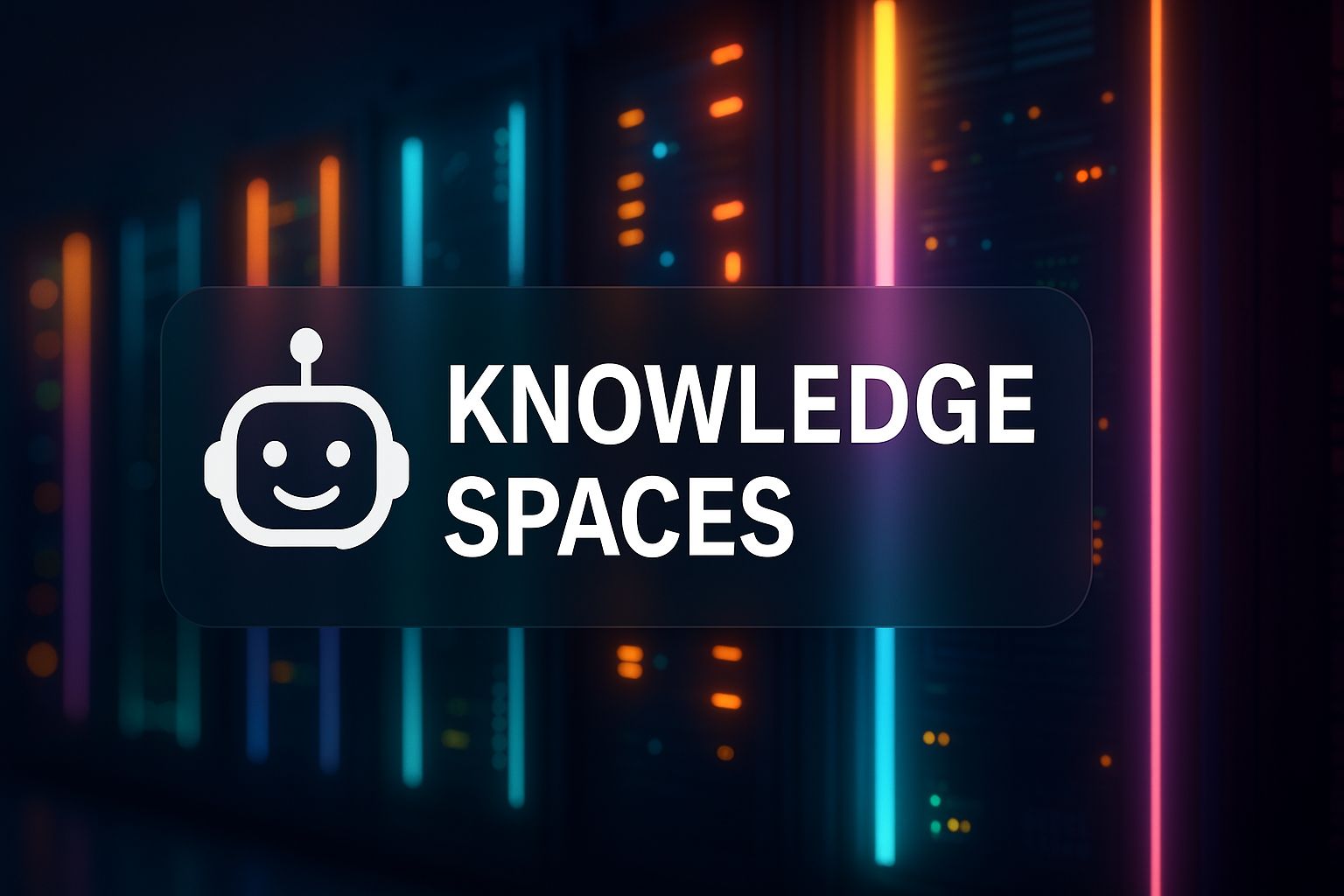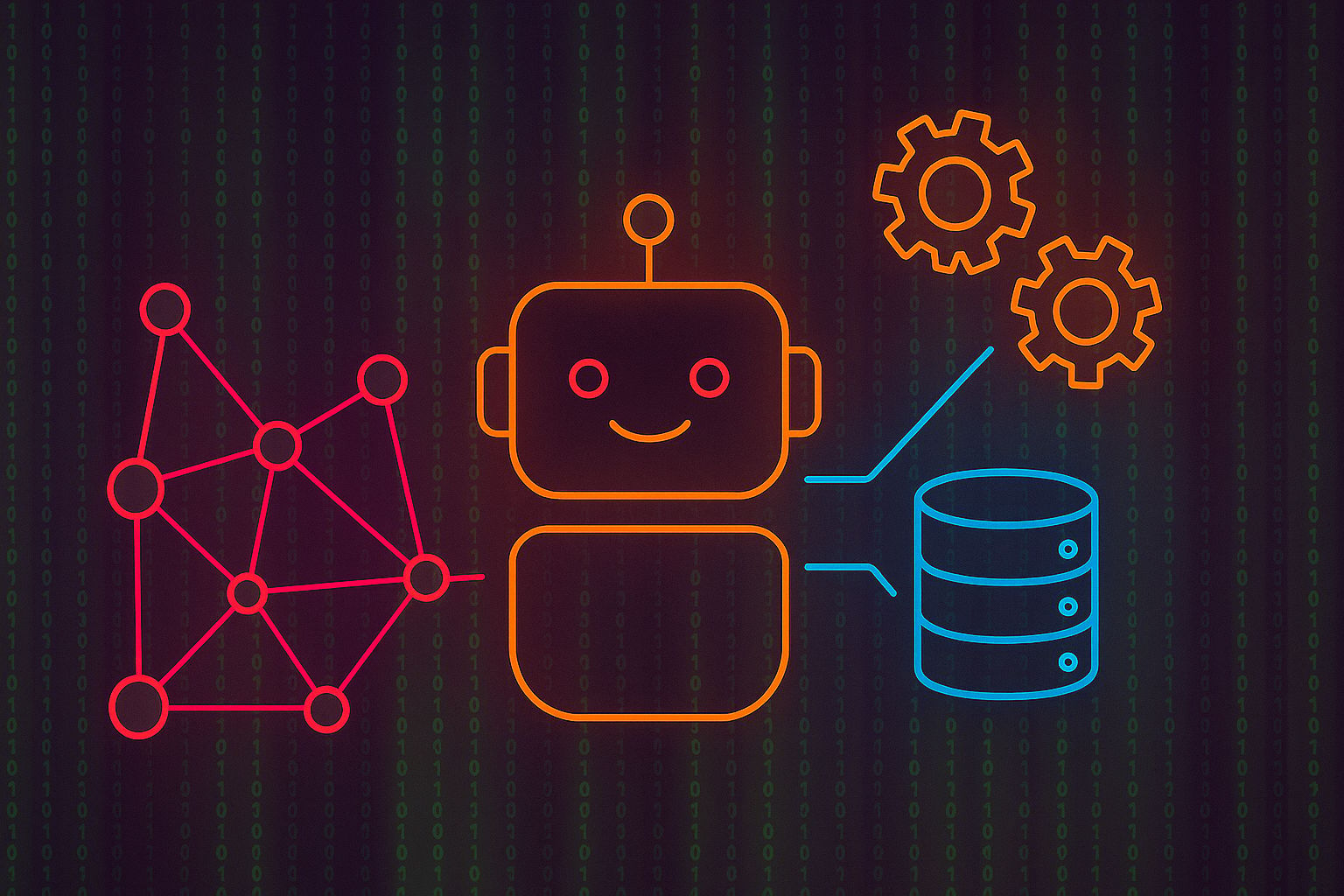Configuration Essentials 🚀
Configure what is common.
Customize where it creates advantage.
That is how AI systems scale without chaos.
Good morning to most of my readers on the U.S. East Coast, and good afternoon to those of you in more distant parts of planet Earth.
Today’s Sprinklenet AI Newsletter is a weekend edition. I hope it gives you practical value for your own AI journey as you explore and refine enterprise needs.
The focus today is the difference between configuring core components of AI tools, with attention to RAG, chatbots, LLMs, rules, and security, versus customization that involves data pipelines, API integrations, and purpose-built user interfaces that use APIs and endpoints instead of iframes or generic chat boxes.
The Core Idea: Configuration is how you standardize and scale the foundations.
Customization is how you adapt to unique workflows and create advantage. The trick is deciding which parts belong in each bucket.

Diving Deeper 🤿
1) Model Choice That Fits the Outcome
Sprinklenet Knowledge Spaces is LLM-agnostic so you can select models by use case, risk profile, latency, and cost. We support easy, out-of-the-box connections to major LLMs from OpenAI, Anthropic, Google Gemini, Grok, Meta Llama, and self-hosted models. You should not be locked in to a single model. You should be free to pick the right model per job.
2) Creativity Controls
Temperature is a creativity lever. Lower settings keep responses conservative and grounded in your Space. Higher settings allow more generative flexibility. Some use cases call for near-zero reliance on the model and strict retrieval from your knowledge. Others benefit from controlled creativity. Configure per chatbot rather than one global default.
3) Persona Prompting that Actually Governs Behavior
Persona prompts are the first line of offense and defense. They set tone, policy, escalation, citation rules, and formatting. Treat them like code. Establish versioned baselines, review them in change control, and test them against adversarial queries.
Why this matters now: Large enterprises are moving fast on prompt skills and governance. Citi just mandated prompt training for 175,000 employees and is rolling out agentic capabilities in its internal tools. JPMorgan has publicly stated that AI and prompt training are becoming part of standard onboarding and that the bank is pushing toward an AI-connected operating model.
4) Connecting the Right Knowledge Spaces
Configure which Spaces a bot can access. Single Space for tightly scoped assistants. Multiple Spaces for composite answers across teams or partners. This is core RAG, and with Knowledge Spaces we bias toward configuration over bespoke builds so you can scale safely. We are actively deploying a library of configurations across 25+ instances that share a single core Space, enabling a partner to monetize their knowledge at scale without re-inventing the stack each time.
5) Tools, Guardrails, and Distribution
Configure tool permissions, rate limits, retrieval depth, allowed file types, and where each bot can be used. Go live with simple embeds or call the API when you need session control and custom front ends. Configuration first. Customize only where it delivers user or security value.
Core Principles in Practice 💡
📊 Select Optimal Data Sources: Choose proprietary files, APIs, or external web resources to feed chatbots, ensuring relevance and real-time accuracy. In enterprise applications, this principle safeguards IP by weighting high-confidence documents, while access roles prevent unauthorized exposure.
⚙️ Tune Creativity and LLM Choices: Adjust temperature for controlled outputs—low for precision tasks, higher for brainstorming—and select models based on speed, cost, or knowledge depth. This flexibility avoids lock-in, with practical ties to data security through auditable selections that align with compliance needs.
📝 Craft Effective Personalities and Rules: Develop iterative prompts that define chatbot behavior, combining company Knowledge Spaces with partner repositories for enriched insights. Enterprises apply this to enforce guardrails, managing complex queries while preserving control over responses and integrations.
🔒 Implement Robust Access and Deployment: Define roles for secure, need-to-know access, and deploy via iframes, links, or APIs for seamless embedding. This supports scalability, emphasizing IP management by tracking interactions and ensuring configurations adapt without disrupting operations.
🔄 Combine and Iterate Knowledge: Blend internal data with external or partnered sources, refining configurations over time for optimal performance. In practice, this enhances precision in RAG-based systems, with built-in tools for testing and modification to maintain enterprise-grade reliability.
The essence of knowledge is, having it, to apply it; not having it, to confess your ignorance.
AI Trends & News 📰
Citi is mandating AI training for its entire workforce of 175,000 employees, emphasizing prompt engineering to boost efficiency. The initiative teaches how effective prompts can transform hours-long tasks into minutes, with over 6.5 million prompts already entered this year, highlighting AI's role in reshaping banking operations. |
JPMorgan Chase is advancing its AI blueprint to become a fully AI-connected enterprise, providing 250,000 employees access to an internal LLM Suite that generates investment decks in seconds. While focusing on personalized AI assistants and process automation, the strategy aims to curate client experiences with AI concierges, signaling a shift in how banks leverage technology. Read more → JP Morgan LLM Suite via CNBC |
In 2025, prompt engineering evolves with techniques like chain-of-thought prompting and role-playing yielding better results, while common pitfalls include overly vague inputs leading to suboptimal outputs. Experts emphasize security measures to prevent prompt injection attacks, making it essential for enterprises to adopt structured frameworks for reliable AI interactions. Read more → Lenny’s Newsletter: Prompt Engineering |

Legacy Spotlight: Where Customization Belongs 🔧
Integration with existing systems is usually the right place to customize. Map current workflows and data contracts, then build adapters and event flows that are testable and supportable.
Common enterprise targets:
Salesforce, Microsoft 365, SharePoint, Teams
ServiceNow, Zendesk
Oracle NetSuite, SAP S/4HANA, Workday
QuickBooks Enterprise, Sage Intacct, Deltek Costpoint
Knowledge Spaces includes patterns and templates for API connections and webhook flows, but we still design the integration to match your data semantics, security, and audit needs. This is customization with purpose.
Closer to Alignment
End users are the point. Chatbots create a familiar front door to your knowledge and systems.
To make that work, you need alignment between systems, frontline users, executive mandates, and the configuration choices that govern model behavior and retrieval. Satya Nadella has argued that the future of enterprise software looks far more like chat interfaces than screens full of buttons.
The backend requires careful connection. The frontend should feel like a clear conversation.

Balanced & Insightful: Quick Recap ⚖️
Topic | Guidance |
|---|---|
Model Selection | Choose per Use Case; Avoid Lock-In |
Creativity Control | Tune Temperature per Bot |
Persona Prompting | Treat Prompts as Governed Code |
RAG Scope | Allow Only the Spaces Each Bot Needs |
Tooling & Limits | Configure Permissions and Rate Caps |
Distribution | Embed Quickly; Use API for Custom UIs |
Legacy Systems | Customize Adapters, Not Foundations |
Governance | Version Prompts and Run Change Control |

Jamie Thompson
I”m excited about how Knowledge Spaces is ready to scale, but the best deployments are invisible. The end user does not know we exist. They just get answers and actions that match the way they work.
Our job is to get configurations and customizations right. We start by understanding the business, the tone, and the guardrails. Then we design the integrations that make answers traceable, secure, and useful.
Like my grandmother’s pasta fazul, the way you chop the garlic matters. The time in water matters. The choice of tomatoes and cannellini beans matters.
In AI, the small choices add up to trust.

Need Expert Guidance?
If you want help configuring a pilot that can scale, reply to this email. We can start with a focused Space and a single assistant, then expand with confidence.
Or book a focused 1-hour strategy session with Jamie.
✅ Evaluate current architecture and readiness
✅ Identify quick wins and hidden risks
✅ Get tailored, actionable next steps
👇🏼 Book a Strategy Call
Techno Remixes and 80’s Beats
This week’s playlist is a medley of techno beats and 80’s remixes.
I love it all. Have a great weekend.
🎺🎧 Note: Web edition only.




